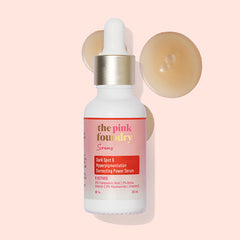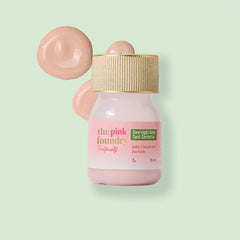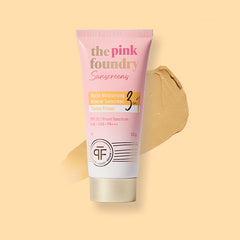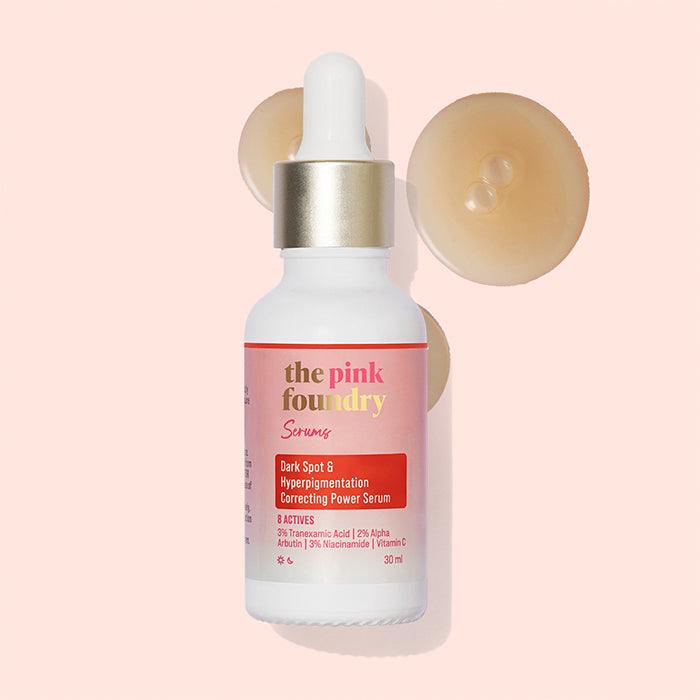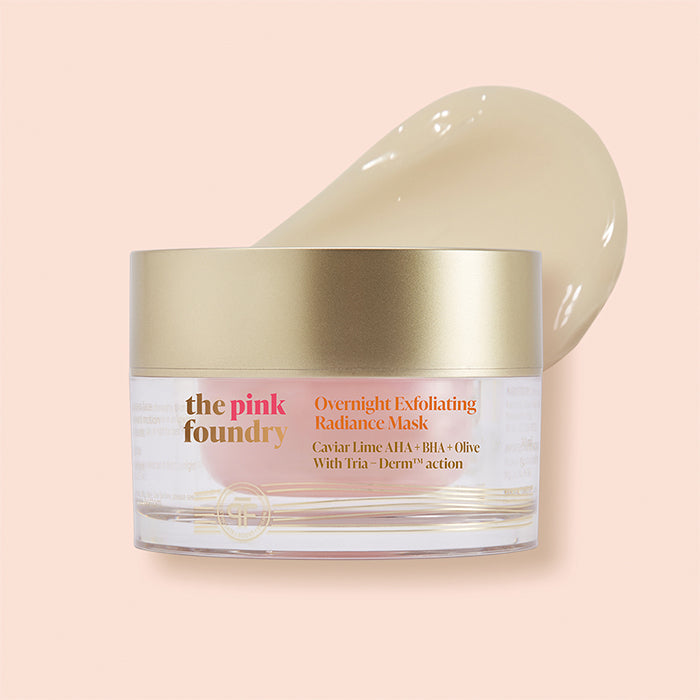The Definitive Guide to Hyperpigmentation: Causes and Treatment
Hyperpigmentation is a condition that causes patches of skin to become darker in color than the surrounding tissue. This can be caused by a number of factors, including sun exposure, inflammation, and hormonal changes. Hyperpigmentation can affect any part of the body, but it is most commonly seen on the face, hands, and arms. If you are struggling with hyperpigmentation, don't worry - there are treatments available that can help improve the appearance of your skin. In this article, we will discuss the causes and treatment options for hyperpigmentation.
What is Hyperpigmentation?
When we talk about hyperpigmentation, we are referring to the darkening of the skin. This can occur due to a number of different factors, including sun exposure, inflammation, and hormonal changes. Hyperpigmentation can affect any part of the body, but it is most commonly seen on the face, hands, and arms.
There are three types of hyperpigmentation:
- Melasma: This is a form of hyperpigmentation that is caused by hormonal changes. It typically affects women who are pregnant or taking birth control pills. Melasma usually goes away after pregnancy or when you stop taking birth control pills.
- Post-inflammatory hyperpigmentation: This type of hyperpigmentation occurs when the skin is injured. It can be caused by a number of different things, including acne, eczema, psoriasis, and even certain medications. Post-inflammatory hyperpigmentation usually goes away on its own over time.
- Age Spots or Liver Spots: These are small, dark spots that usually appear on sun-exposed areas of the skin. They are common in people over the age of 50 and are not harmful. Usually, it can be identified by black, tan, or brown spots that appear on the skin due to sun overexposure.
It is suggested that you see a dermatologist to get an accurate diagnosis.
What Causes Hyperpigmentation?
The root cause of hyperpigmentation is the excessive production of melanin. When melanocytes are damaged or when there is an overproduction of melanin, it can result in hyperpigmentation.
Melanin is responsible for giving our skin its color. It is produced by melanocytes, which are cells that are found in the bottom layer of the epidermis. Melanin is what helps to protect our skin from the harmful effects of UV rays.
Also read: How to manage melanin on your face
However, when melanocytes are damaged, they can overproduce melanin. The injury can be caused by a number of different things, including sun damage, inflammation, and certain medications. When there is an overproduction of melanin, it can result in patches of skin that are darker than the surrounding tissue.
Some chemotherapy drugs can also cause hyperpigmentation. Medications like doxycycline and minocycline can also cause the skin to become darker. Women who are pregnant are more prone to developing hyperpigmentation due to hormonal changes in the body.
Moreover, it has been found that Addison's disease, a rare endocrine condition, can produce hyperpigmentation.
Some common symptoms of hyperpigmentation include:
- Patches of skin that are darker than the surrounding tissue
- Brown, black, or tan spots on the skin
- Spots that appear on sun-exposed areas of the skin
If you are experiencing any of these symptoms, it is important to see a dermatologist so they can properly diagnose and treat your condition.
Also Read - Understanding Hyperpigmentation: What Causes Dark Spots on Your Face?
Hyperpigmentation Diagnosis and Treatment
Hyperpigmentation can usually be diagnosed with a physical examination. Your dermatologist will take a look at your skin and ask you about your medical history. They may also order a biopsy to rule out other conditions.
Once hyperpigmentation has been diagnosed, there are a number of different treatment options available. Treatment options include topical treatments like the use of serum for hyperpigmentation, laser therapy, and chemical peels.
-
Topical treatments
Topical treatments include creams, gels, exfoliants, or serums that contain ingredients like retinoids, hydroquinone, azelaic acid, kojic acid, AHAs, BHAs, or vitamin C. These ingredients can help to lighten the skin and reduce the appearance of hyperpigmentation.
-
Laser therapy
Laser therapy can also be used to treat hyperpigmentation. A laser is used to destroy the melanocytes that are causing the overproduction of melanin. This treatment option is usually reserved for cases that do not respond to topical treatments. -
Chemical peels
Chemical peels can also be used to treat hyperpigmentation. A chemical peel uses a solution to remove the top layer of the skin, which can help to lighten the skin and reduce the appearance of hyperpigmentation. -
Cryotherapy
Hyperpigmentation can also be treated with cryotherapy, which uses extreme cold temperatures to destroy the melanocytes. This treatment option is usually reserved for small areas of hyperpigmentation.
It is important to note that there is no one-size-fits-all treatment for hyperpigmentation. The best treatment option for you will depend on the severity of your condition and your personal preferences.
If you are concerned about hyperpigmentation, it is important to see a dermatologist so they can properly diagnose and treat your condition. With the proper treatment, you can reduce the appearance of hyperpigmentation and improve your overall skin health.
You can explore The Pink Foundry to find the best serum for hyperpigmentation.
Conclusion
Hyperpigmentation is a common condition that can be caused by a number of different things. If you are concerned about hyperpigmentation, it is important to see a dermatologist so they can properly diagnose and treat your condition. With the proper treatment, you can reduce the appearance of hyperpigmentation and improve your overall skin health.
